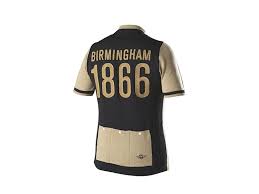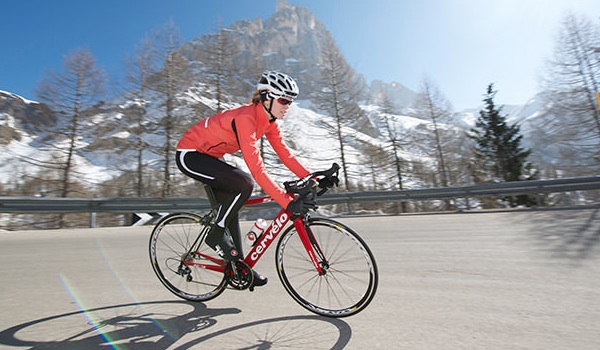 The clothing you wear when you are cycling can play a large part in increasing your efficiency and comfort levels as a cyclist. We all know the benefits of cycling shorts and other items of clothing, but when it comes to jerseys, riders have a wide choice of garments to pick and choose from.
The clothing you wear when you are cycling can play a large part in increasing your efficiency and comfort levels as a cyclist. We all know the benefits of cycling shorts and other items of clothing, but when it comes to jerseys, riders have a wide choice of garments to pick and choose from.
The main distinction in the types of cycling jerseys available boils down to wool vs synthetic fabrics. Merino wool cycling jerseys offer a wide range of advantages, but synthetic cycling jerseys also carry a number of benefits and are more often preferred by the average cyclist. Here we take a look at both and why you should consider having one of each available to you.
Wool Cycling Jerseys
If you intend to spend a lot of time cycling in colder conditions, a wool cycling jersey may be the right choice for you. Merino wool is much better at retaining body heat, as opposed to synthetic fabrics that are often designed to keep your body as cool as possible when you are riding. This makes them ideal for those cooler rides where warmth is a factor.
Furthermore, wool cycling jerseys are specially designed to deflect moisture away from you when it is raining. The exterior will ensure that you stay nice and dry at all times, while the interior is absorbent and will keep sweat off your body when you are riding.
Wool cycling jerseys are also designed to ensure no nasty odors start to get in the way of your cycling, as they are layered to create as poor an environment as possible for bacteria to grow in. Couple that with the fact that they are machine washable in most cases and you can be sure that you won’t be emitting a nasty smell whenever you head out for a ride.
However, given that wool is used in the design, some cyclists find that wool cycling jerseys can get a little bit itchy on longer rides, which is a distraction that most cyclists could do without. They are also less efficient than synthetic jerseys when it comes to keeping you cool, though they are still surprisingly capable given the fabric.
Synthetic Cycling Jerseys
Synthetic cycling jerseys are usually the option selected by many cyclists and they certainly have their advantages when it comes to warm weather cycling. They are able to wick away the sweat on your body, allowing you to stay cooler, plus fabric like nylon and polyester breathe a lot better than wool.
They are also made to be as form-fitting as possible, which makes them extremely comfortable to wear in addition to providing an extra layer of support for your midsection when you are riding. Couple that with the fact that they are also extremely flexible, thus allowing for increased movement on the bike, and that they are more aerodynamic and you can see why they are the jersey of choice for those looking to clock faster times.
Better yet, cyclists who are on a budget will usually find that synthetic cycling jerseys are cheaper than their wool counterparts, so you can spend a little bit less.
They do have some downsides though. For one, even though they are fairly easy to wash, synthetic fabrics are much more likely to maintain those pesky body odours.
They are also not a great choice if you want to remain as environmentally friendly as possible. Wool comes from a source that is easily renewable, meaning said jerseys can be made without any worries about the effect on the environment. However, as forms of plastic are often used in the creation of synthetic cycling jerseys, you may find there is a pang of guilt if you are environmentally conscious.
Wool Cycling Jerseys vs Synthetic Cycling Jerseys which do you prefer?
 Cycling can be an extremely fun and exciting activity but not wearing the proper clothing can make a ride uncomfortable and less enjoyable. Finding what is a good fit for you and the style of riding that you are doing will ensure that your legs are your limiter and not your comfort level. You should choose jerseys, shorts, and other apparel that is comfortable, functional, as well as versatile soon after you start riding one hour or more. Along with being more comfortable on the bike, you will also be more aerodynamic, as well as able to stay cooler or warmer depending upon the weather, and have the look you want as a cyclist.
Cycling can be an extremely fun and exciting activity but not wearing the proper clothing can make a ride uncomfortable and less enjoyable. Finding what is a good fit for you and the style of riding that you are doing will ensure that your legs are your limiter and not your comfort level. You should choose jerseys, shorts, and other apparel that is comfortable, functional, as well as versatile soon after you start riding one hour or more. Along with being more comfortable on the bike, you will also be more aerodynamic, as well as able to stay cooler or warmer depending upon the weather, and have the look you want as a cyclist.